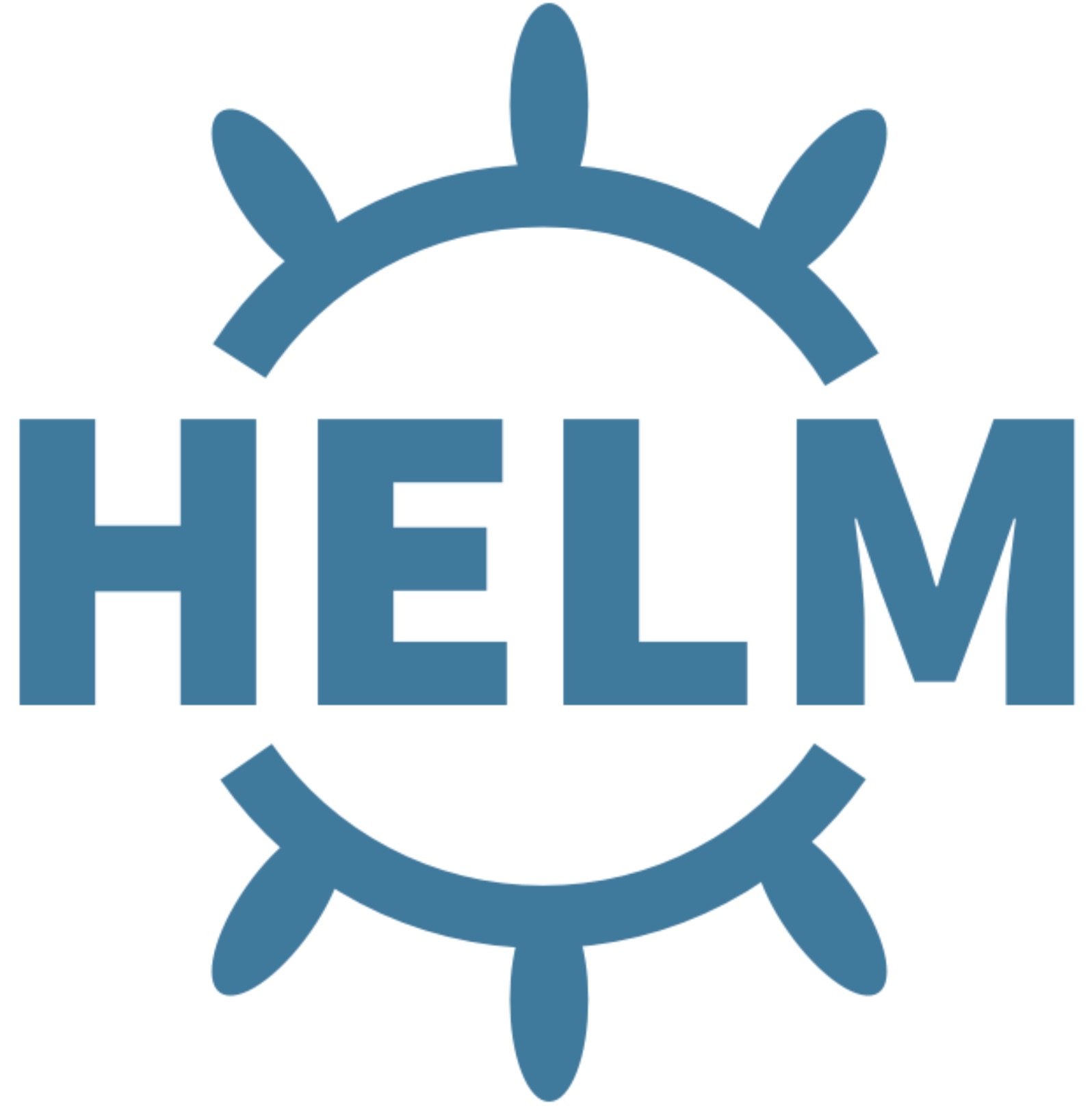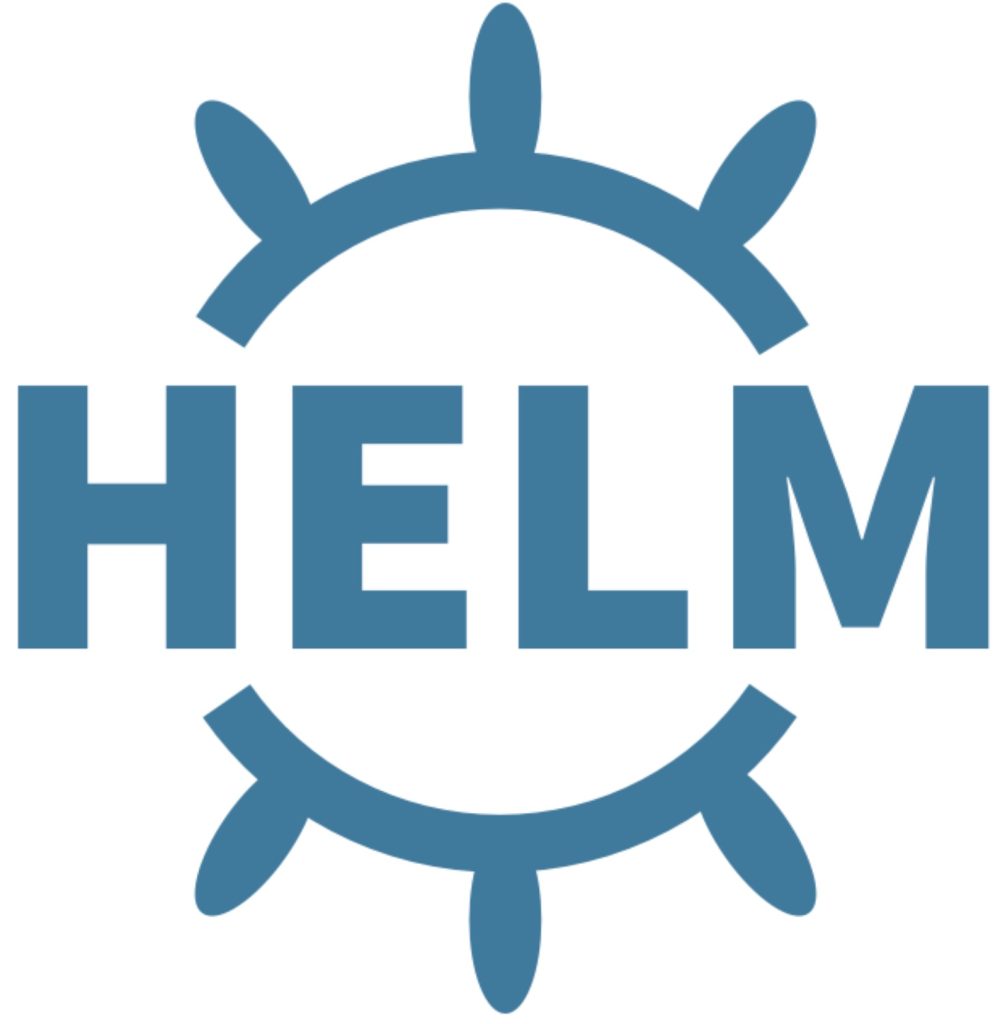Kubernetes deployments are one integral aspect of software delivery. You will need to deploy your containers to the cluster, regardless of whether it is a managed K8s cluster or an on-premise self-hosted cluster. Typically, it is done by creating a manifest file with all the deployment configurations and running it through the kubectl command.
While this approach is ideal for single deployments, it becomes increasingly complex when deploying multiple containers that depend on each other or external containers/services. In such situations, going through the complete process of creating the containers and manually deploying them will be an inefficient process. What if there is a package manager for Kubernetes which allows one to simply search and deploy containers to a K8s cluster. Helm or Helm Charts enable users to integrate this functionality into a Kubernetes environment.

What is Helm?
Helm is a tool aimed at streamlining the installation and management of Kubernetes applications. It allows users to gain a similar installation experience as with package managers like apt, chocolatey, and homebrew. However, helm targets Kubernetes and offers far greater control over how applications are installed and managed, unlike common software package managers. Helm uses Charts which are popular as Helm Charts, to facilitate this functionality. Charts allow developers to create, version, and distribute Kubernetes applications easily.
Why use Helm?
Most application deployments are not limited to a single pod or a container, as many applications consist of multiple components responsible for different functionality. When it is coupled with the popularity of distributed architectures like microservices, most Kubernetes deployments consist of multiple different containers, services, and storage volumes. Thus, managing deployments of all these components will be cumbersome, while maintaining and updating them will add additional overhead.
Helm charts address this issue by bundling everything together and allowing users to simply run an install command. Then helm will deploy all the necessary components to your K8s cluster and get the application up and running. The best part is that helm enables users to customize the deployments to fit their needs. It is achieved by allowing users to specify custom values for supported variables when installing helm charts. Those values will override the default values configured in the chart.
Since Helm charts can be easily updated when an issue is detected, users can simply update their own environments without messing up with the configuration files. For example, assume that a container within a chart is causing oomkilled errors due to inadequate memory management. In that case, developers can easily update the chart and push it. Then, users can update their charts to fix the error, saving both the time and effort of developers to manage K8s applications.
Benefits of Helm in DevOps?
Helm is a perfect addition to a DevOps process. DevOps aims to create fast yet flexible software delivery pipelines, and automation plays a big part there. Thus, using helm to package applications and deploy them in a K8s cluster as any other software vastly simplifies the continuous delivery process in any K8s cluster. Furthermore, applications deployed through helm can be updated seamlessly, leading to faster software delivery.
The versioned nature of these charts also helps easily roll back the application to a previous version in the event of a bug. The rollback functionality is built into this tool by default and requires users to simply run the helm rollback command. These charts are shared through public or private chart repositories. Therefore, cluster administrators can ensure a standardized application deployment across multiple clusters, as all configurations will be based on the preconfigured helm chart.
Deploying Applications using Helm Charts
When it comes to deploying applications via helm charts, the first step is to create the charts themselves. It can also be done via the same helm tools, which will create a boilerplate template that can be modified to fit your application. You can even use prebuilt charts from a package registry like ArtifactHub for common software or services. These package registries allow searching and installing helm charts without creating them. Adapting some best helm practices like using template functions and proper chart documentation will lead to an even more flexible and robust chart supported by any K8s cluster.
Once a chart is created, it should be packaged, stored, and distributed to be used in a K8s cluster. It can be done for private software by pushing the charts to a private repository and utilizing a CI/CD pipeline to install or update the application in a cluster. There will be instances where manual deployment via kubectl is preferred for deployments. However, helm provides a simplified method to manage the entire application lifecycle in most application deployments.
Conclusion
Helm has reduced the complexity associated with K8s deployments by providing a standardized way to package, distribute and install applications. Helm brings the simplicity of a package manager into a Kubernetes environment yet with much greater flexibility. It also helps developers and administrators standardize deployments and manage subsequent updates.
The post Why To Use Helm Charts To Manage Kubernetes Application Deployments















